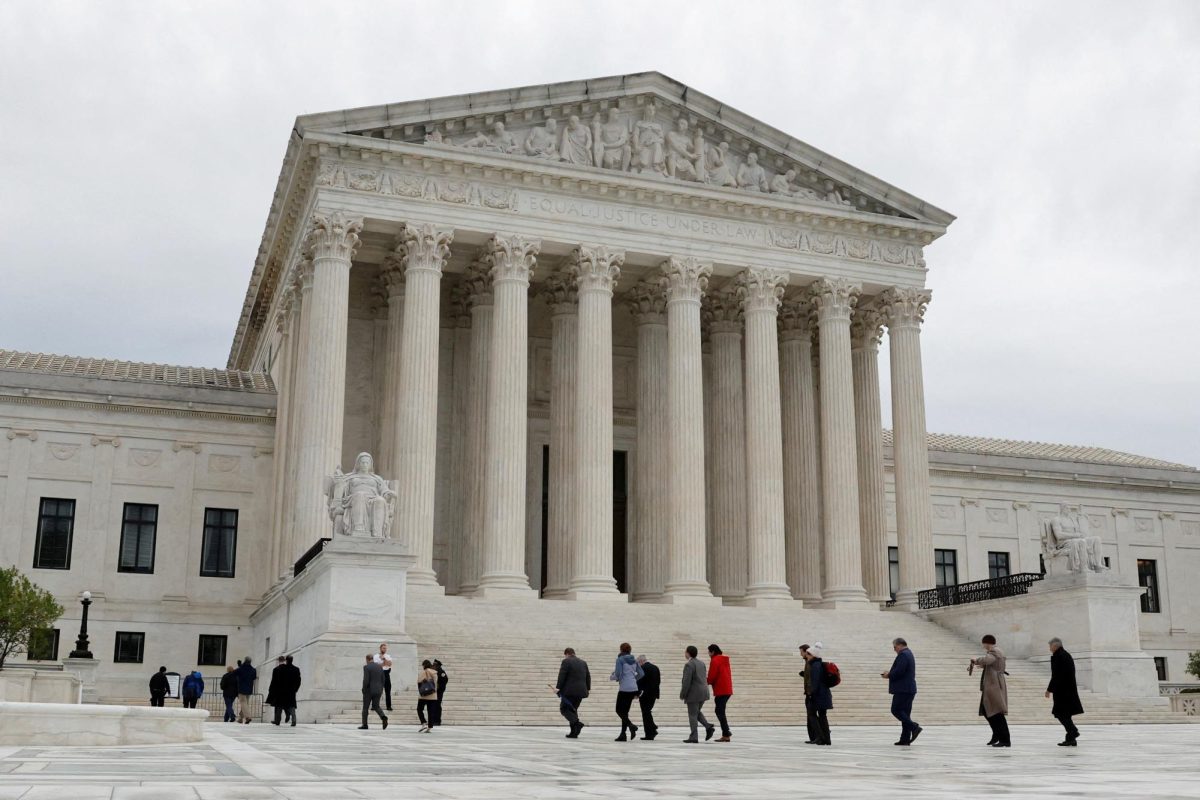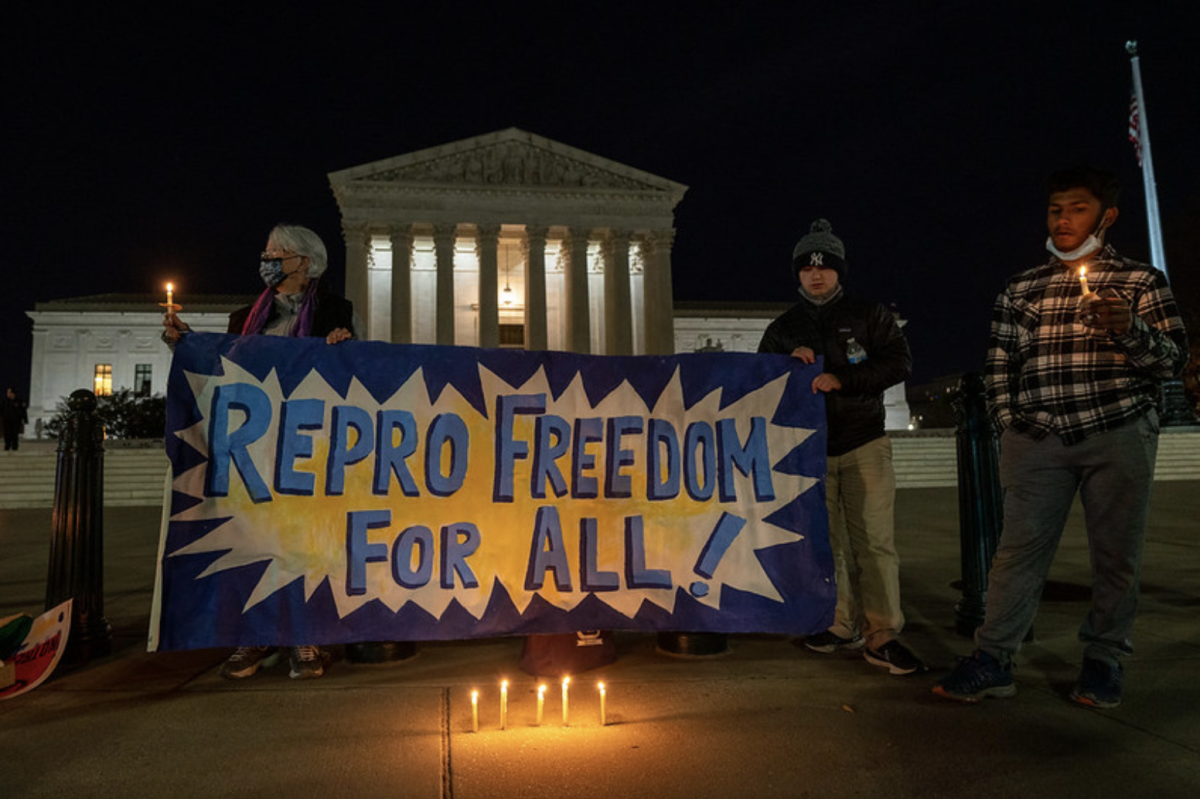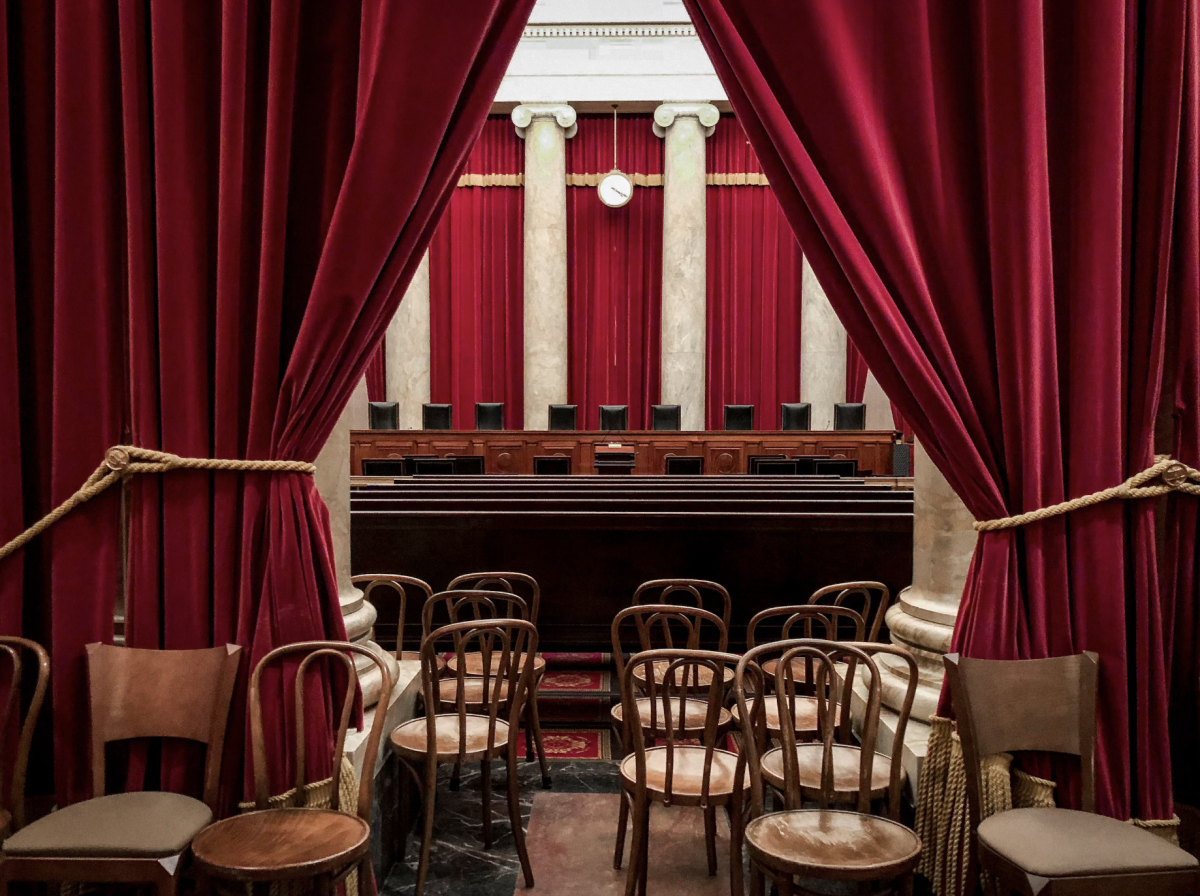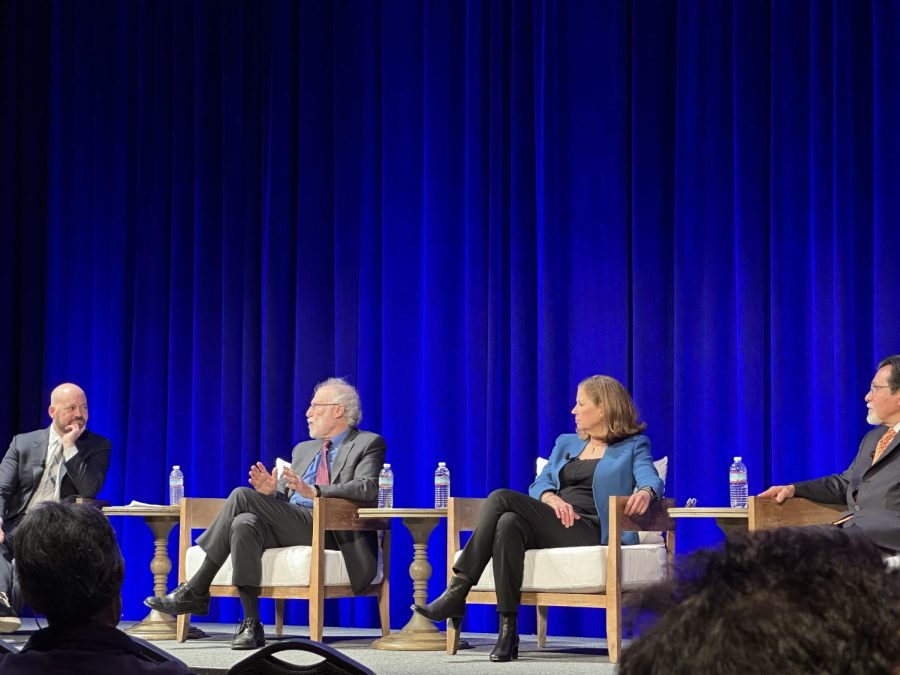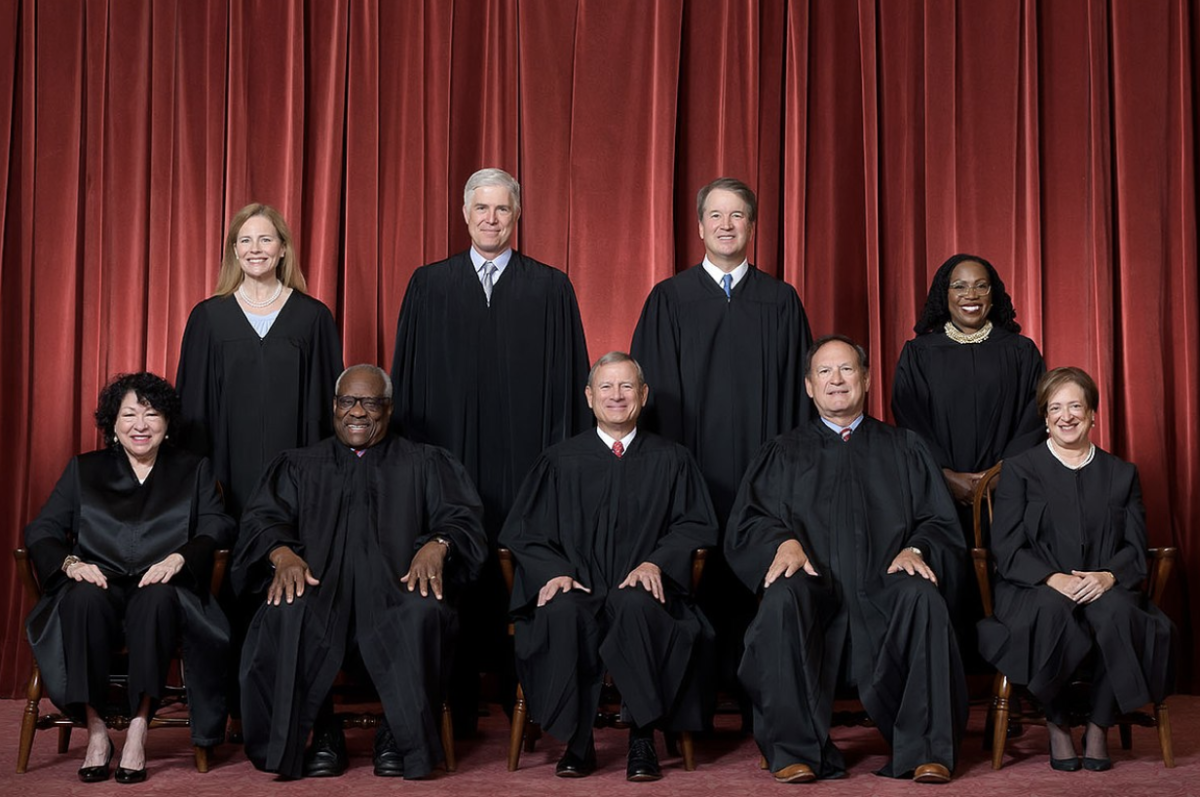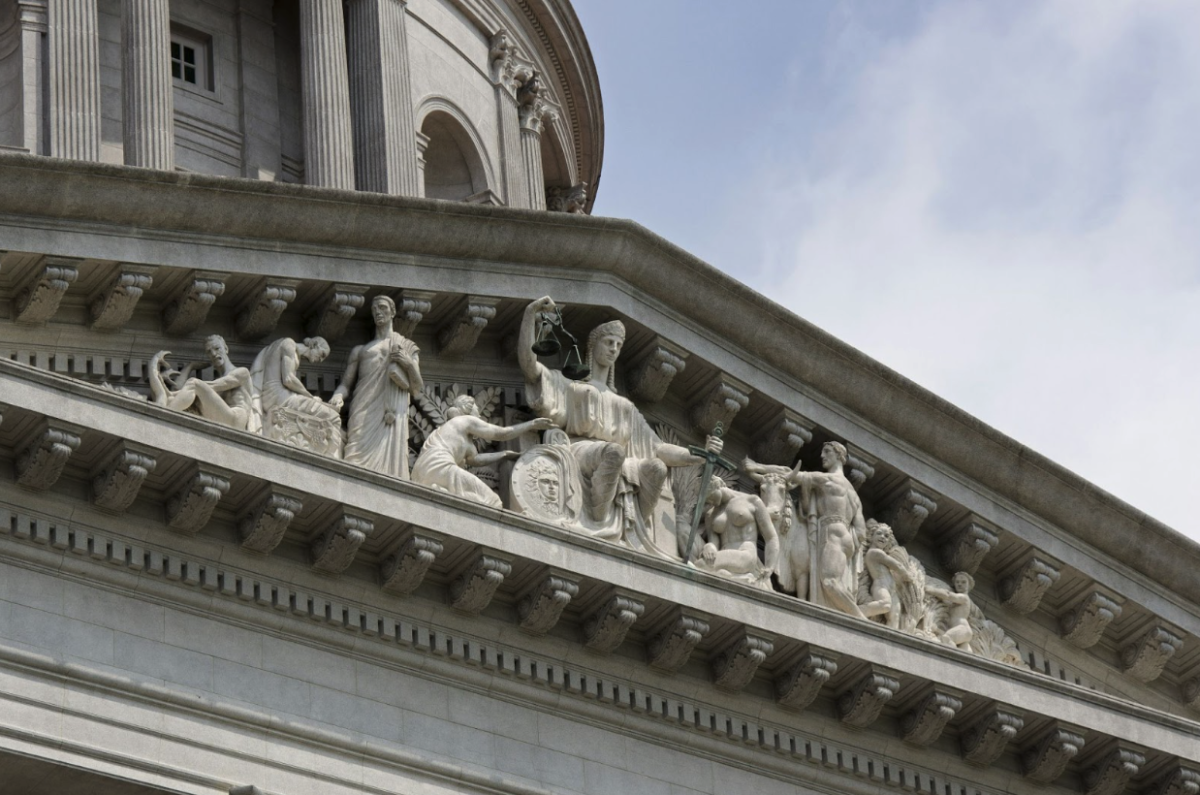The term “affirmative action” was first used by President John F. Kennedy in Executive Order 10925, issued from the White House on March 6, 1961. The order states that government contractors should, “…take affirmative action to ensure that applicants are employed, and employees are treated during employment, without regard to their race, creed, color, or national origin.” Though originally intended to protect minority applicants in the job searching process, the concept of affirmative action has become particularly prevalent and controversial in American higher education. Many universities around the country are using affirmative action policies to achieve greater racial diversity in their classes. Essentially, affirmative action is not something the government has forced upon institutions of higher education; it is something that universities’ admissions offices use to enroll more minority students of African American, Hispanic or Native American descent than otherwise would be enrolled if race was not considered a factor in the college admissions process. Many colleges are striving for diverse campuses.
The use of affirmative action in colleges and universities has become an intense political issue as of late. Supporters of affirmative action claim that the policy gives a warranted extra boost to those minority individuals that may come from socio-economically underprivileged backgrounds. In short, it helps people who otherwise may not have gained access to higher education. Opponents of the policy, however, state that it is a form of reverse discrimination that gives an unfair advantage to certain applicants simply based on the color of their skin, not their merits.
Supporters of affirmative action are not wrong in claiming that the policy helps certain individuals. According to a recent Pew Research survey, wealth inequality in the United States has conformed to ethnic lines since the end of the Great Recession. In 2013, when the survey was taken, the wealth of the median white household was $141,000, while the wealth of the median black household was $11,000. So, the white net worth was 13 times greater than black net worth in this country. It was also found that white net worth was also ten times greater than Hispanic net worth. Looking at these statistics, it can be safely assumed that certain minority students simply do not have the same resources that other students have when preparing for college. This would suggest that affirmative action is, in fact, an effective policy when it comes to ensuring that socio-economically disadvantaged students are not unfairly discriminated against for factors beyond their control. The sad truth about our country’s wealth inequality is that it mirrors our racial inequality. For that reason, affirmative action could ease the negative effects of our country’s ever worsening inequality of opportunities among underprivileged Americans
Though affirmative action does have its merits, the notion that it is a form of reverse discrimination is not entirely unwarranted. Though race is but a small factor in colleges’ admissions decisions, the fact that it is a factor at all could leave some people understandably unsettled. Upon examining the issue closer, it is evident that the usage of race at all in determining an individual’s admission to a college or university is inherently unfair. Even though affirmative action has done much to help individuals who have been discriminated against because of race, class, or both, it is impossible to ignore the glaring ideological inconsistency here. We strive to be nation based on equality, and to ensure that opportunities are equal for all individuals, but in an attempt to do that, we have created a system where people are looked at unequally in the college admissions process based on race. The nature of affirmative action, however, may soon change.
In 2013, the Supreme Court made a decision upholding Michigan’s ban on the use of affirmative action in colleges and universities. This was seen as a huge blow to the institution of affirmative action, but the justices of the majority opinion ensured that the decision was simply on the constitutionality of the state law, not on affirmative action itself. Still, political experts have pointed to this decision as the beginning of the end of race based affirmative action policies. According to Dalton Conley, an NYU professor, wealth based affirmative action may be the way of the future. Since one of the benefits of affirmative action is that people with less resources get a fair shake in the admissions process, wealth based affirmative action could potentially be a good strategy for the future. Among Conley’s critics is Stella Flores, a former associate professor at the Peabody College of Education here at Vanderbilt. Flores claims that colorblind admissions processes do not effectively create racially diverse classes at universities, which could have consequences with respect to race relations in the long run.
The future of race-based affirmative action is unclear. While many still support affirmative action, the Supreme Court’s 2013 ruling on the Michigan law banning affirmative action would suggest that the federal government is not as protective of the policy as it was during the days of Kennedy. There may come a time when wealth is what drives affirmative action, not race. Despite the nation’s best efforts, racial inequality persists in this country, and affirmative action is a way to make up for that and give everyone an equal opportunity to succeed. The consequence of this, however, is a flawed system which combats inequality with more inequality. Perhaps instead of accepting that race is a factor in determining socio-economic conditions for students, we should be asking ourselves why that is so. We should be asking ourselves why so many Americans find themselves without the resources to achieve more academically, and why so many minorities fall into this category of people. So, is affirmative action necessary right now? The answer is yes, it absolutely is based on the continuing racial inequality in this country, but it is conceivable that one day colleges and universities may no longer have to consider race in the admissions process in order to achieve a diverse class. There is a chance that one day race based affirmative action may not be necessary to give everyone a fair shake, because everyone will already have a fair shake, and we should all be striving to see that day.
The Future of Race-Based Affirmative Action
Avi Mediratta
October 29, 2015

Tags:
More to Discover


